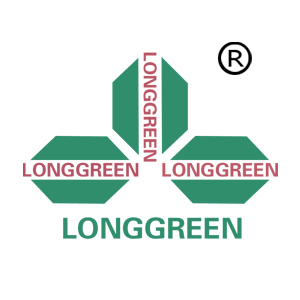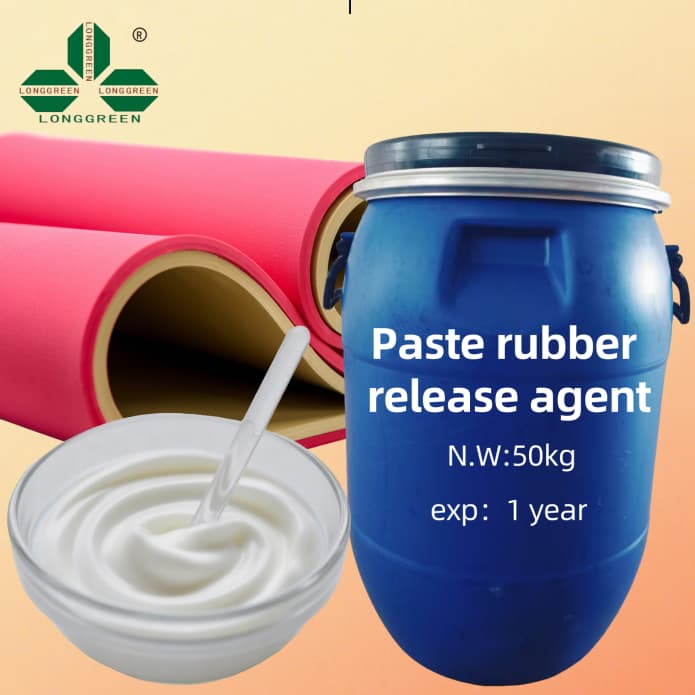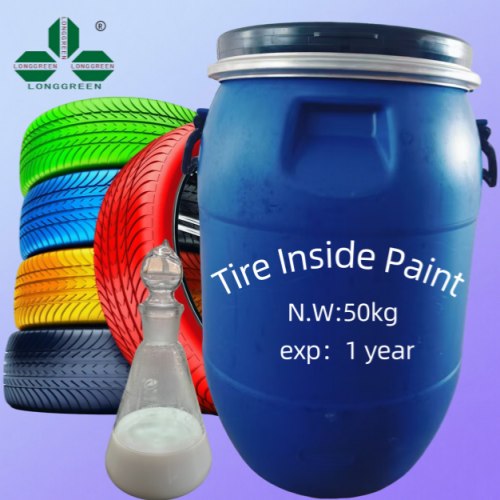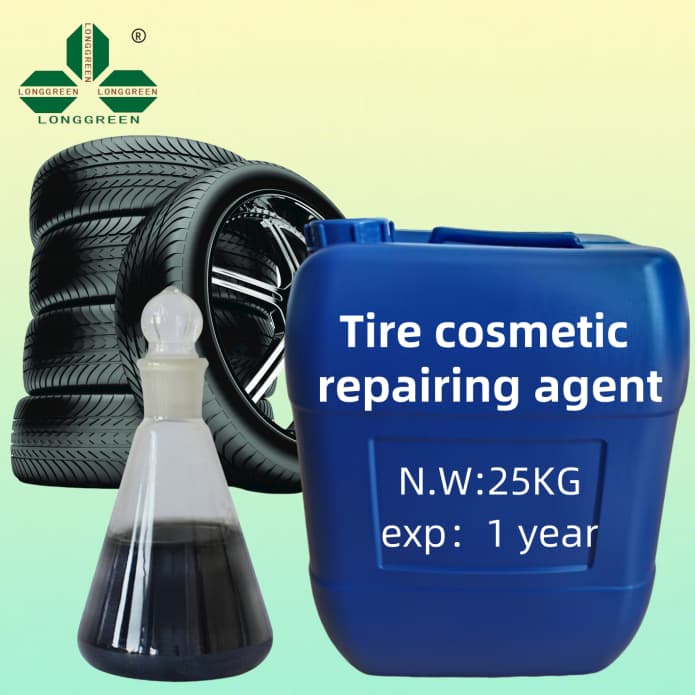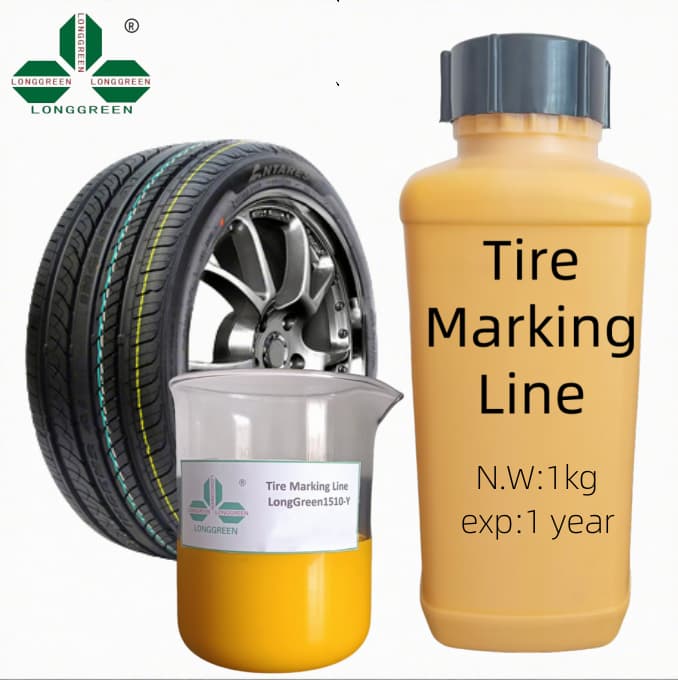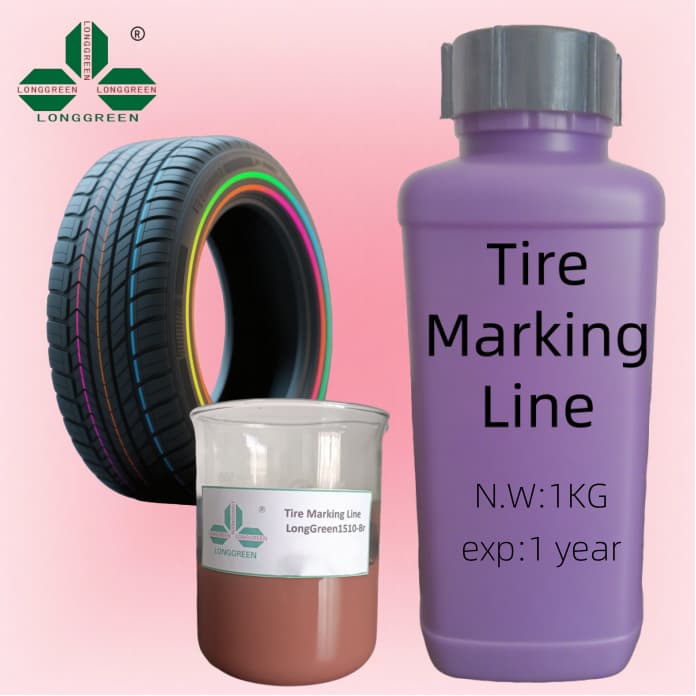The global market for Rubber Additives continues to expand at a robust pace, with multiple industry reports confirming sustained growth fueled by rising demand from automotive, construction, and industrial sectors, alongside a growing focus on sustainable formulations. As of 2024, the global Rubber Additives market is valued between USD 3.91 billion and USD 9.13 billion, with projections indicating it will reach up to USD 12.90 billion by 2030, driven by compound annual growth rates (CAGR) ranging from 3.8% to 5.92% depending on product segment and regional dynamics. This upward trajectory underscores the critical role Rubber Additives play in enhancing the performance, durability, and environmental profile of rubber products worldwide.
Rubber Additives encompass a diverse range of chemicals and materials—including accelerators, antioxidants, plasticizers, fillers, and activators—each tailored to address specific functional needs in rubber manufacturing. Accelerators such as sulfenamides and thiurams speed up the vulcanization process, boosting the strength and elasticity of rubber compounds, while antioxidants like phenols and amines protect against oxidative degradation caused by heat, oxygen, and ozone exposure. Activators such as zinc oxide and stearic acid further enhance mechanical properties, ensuring rubber products meet stringent industry standards for longevity and reliability. Without these specialized Rubber Additives, modern rubber applications—from automotive tires to industrial hoses and construction seals—would lack the performance characteristics required for today’s demanding environments.
A key driver of market growth is the expanding automotive sector, where Rubber Additives are essential for producing high-performance tires and components. As global automotive production rises, particularly in emerging economies, demand for Rubber Additives that improve tire wear resistance, rolling resistance, and wet grip has surged. Innovations in this space include advanced formulations that support fuel efficiency, a priority as the industry shifts toward electrification. Additionally, the construction sector’s growth—especially in the Asia-Pacific region, which leads the global construction market—has amplified demand for Rubber Additives used in conveyor belts, gaskets, and adhesives. Urbanization, population expansion, and rising middle-class incomes in countries across Asia-Pacific are driving residential and commercial construction activity. This, in turn, increases the need for durable...
